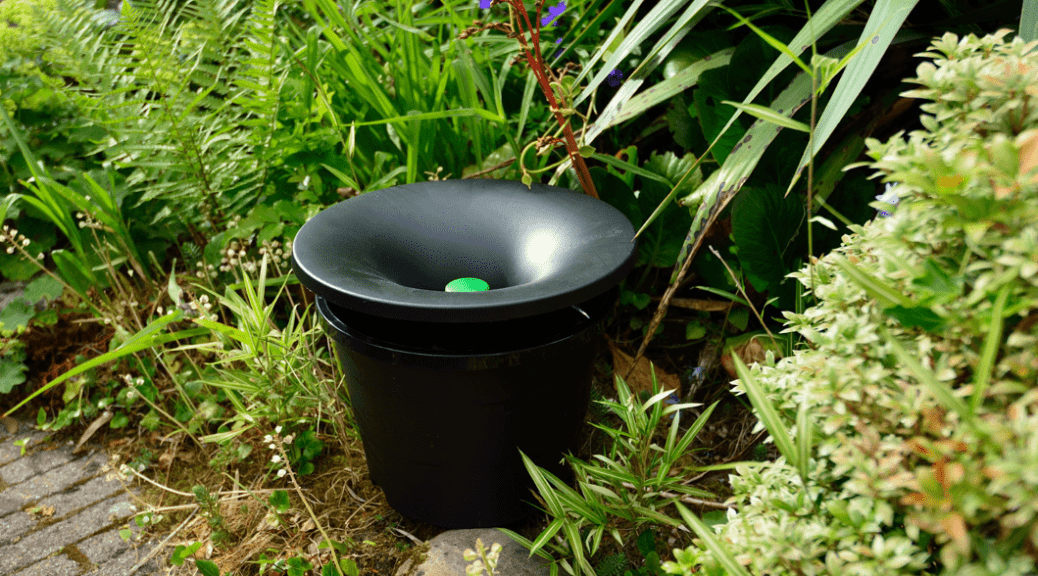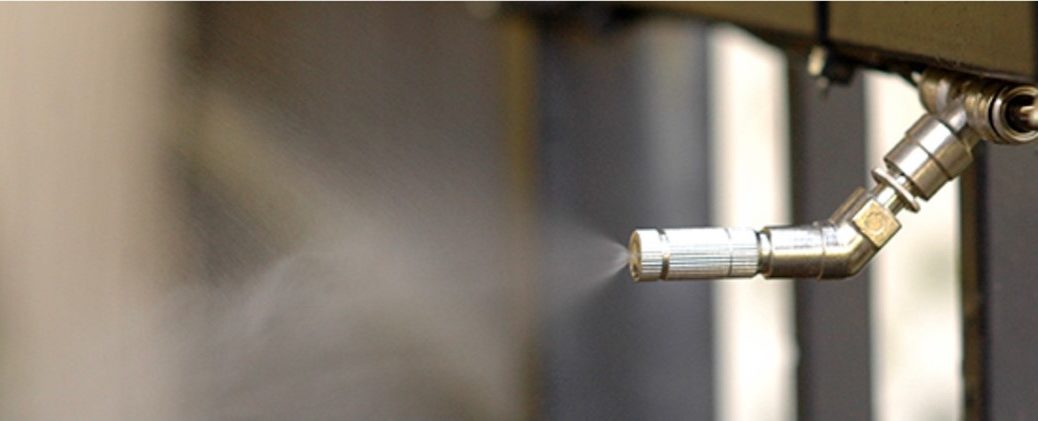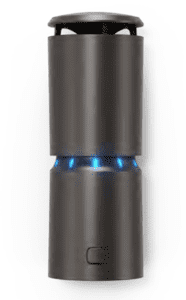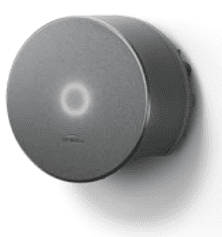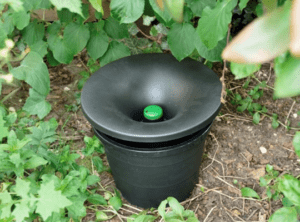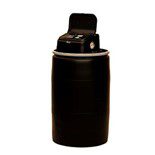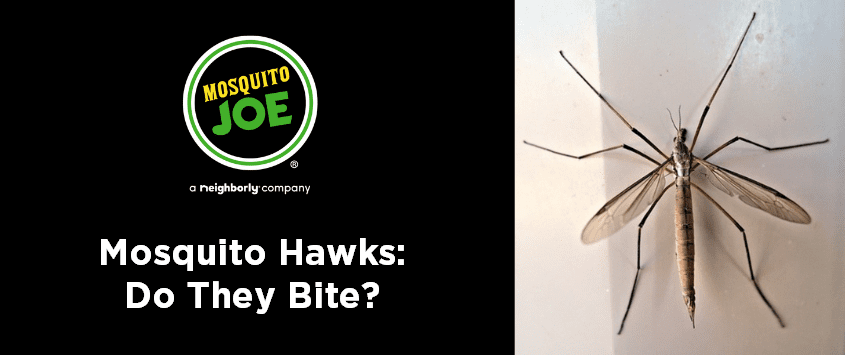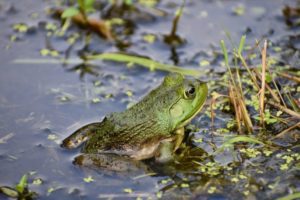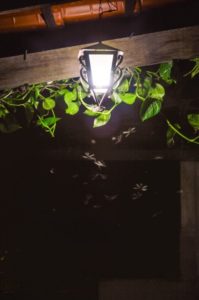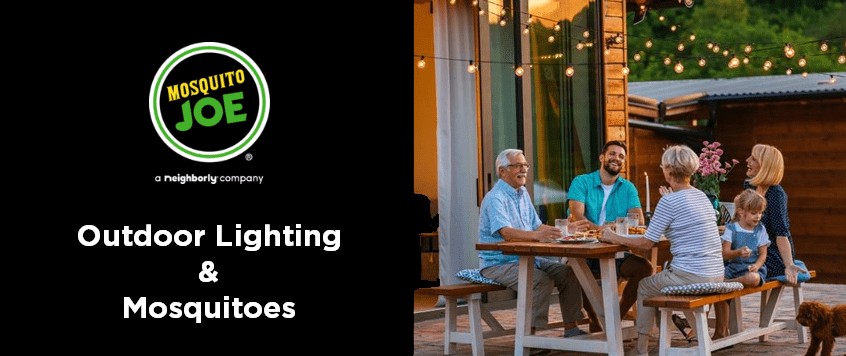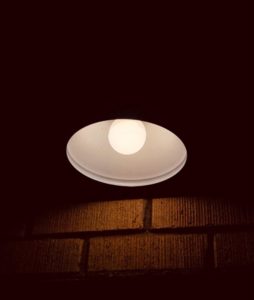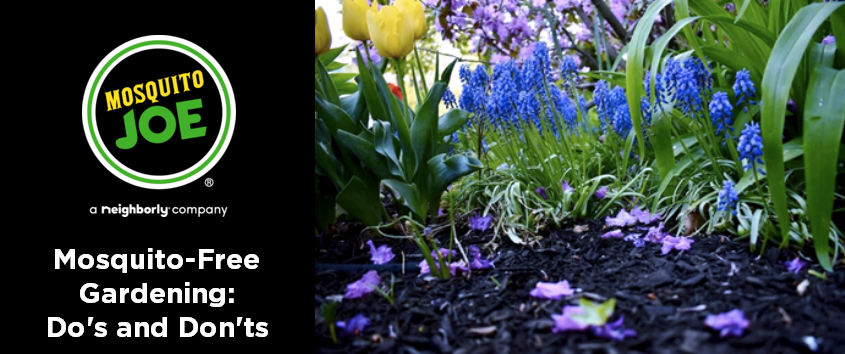In2Care: What is it and How Does it Work?
While our most popular mosquito service is our barrier service, we have many tools in our tool belt to help our customers manage their mosquito population. Every yard is different, and sometimes there is very little barrier for us to treat, while other times drainage systems under the ground or outside the yard make it difficult to access all the larvae and breeding sites.
Many of our customers prefer the use of all-natural products in their yard while combating mosquitoes. A downside to these is that they don’t last quite as well as synthetic options in our heat and with strong rains. The In2Care trap is an eco-friendly option that puts the mosquitoes to work in ensuring they don’t live on your property.
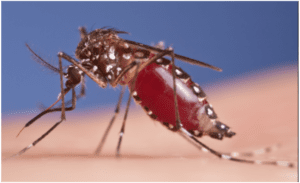 The In2Care trap is excellent in the management of the Aedes mosquitoes, including the Aedes aegypti, pictured here, and Asian Tiger mosquito. The Asian Tiger has a tell-tale black and white striped coloration, and they are typically larger than other mosquitoes, very aggressive and you will see them during the day. Aedes mosquitoes are container breeders, meaning they look for anything from a hole in a tree stump to a bucket or pot, that is holding water and they lay their eggs inside – mostly man-made containers. The In2Care trap mimics this container – providing water and shade, which is exactly what the female mosquito is looking for.
The In2Care trap is excellent in the management of the Aedes mosquitoes, including the Aedes aegypti, pictured here, and Asian Tiger mosquito. The Asian Tiger has a tell-tale black and white striped coloration, and they are typically larger than other mosquitoes, very aggressive and you will see them during the day. Aedes mosquitoes are container breeders, meaning they look for anything from a hole in a tree stump to a bucket or pot, that is holding water and they lay their eggs inside – mostly man-made containers. The In2Care trap mimics this container – providing water and shade, which is exactly what the female mosquito is looking for.
Mosquito Joe installs the traps throughout the yard, taking care to place them in the shade in likely locations for mosquito activity. A sachet is installed inside the trap and water is added. This water attracts the female mosquitoes when they are ready to lay their eggs. To do so, she will land on the side of the floater installed within the trap and lay her eggs on to the water. Those eggs will hatch into larvae which will wriggle around in the water until they start developing into become pupae. It is at this point that they will die.
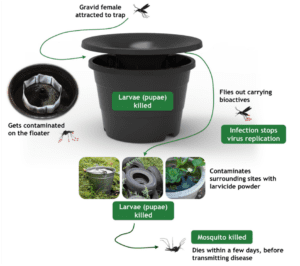 But this is not the main purpose of the trap. It does far more, and that’s what makes it so exciting. When the female lands on the floater she picks up the biological fungus in the sachet and carries it off with her. She spreads that fungus to the places she lands – other egg-laying sites in particular. When she lands in these areas she kills the larvae there (when they pupate). She also spreads it to male mosquitoes when she breeds with them. A few days after landing on the floater she dies from contamination, but not before spreading the fungus to other areas of the yard for other mosquitoes to pick up and spread. In this way, the mosquitoes do all the work.
But this is not the main purpose of the trap. It does far more, and that’s what makes it so exciting. When the female lands on the floater she picks up the biological fungus in the sachet and carries it off with her. She spreads that fungus to the places she lands – other egg-laying sites in particular. When she lands in these areas she kills the larvae there (when they pupate). She also spreads it to male mosquitoes when she breeds with them. A few days after landing on the floater she dies from contamination, but not before spreading the fungus to other areas of the yard for other mosquitoes to pick up and spread. In this way, the mosquitoes do all the work.
The fungus is not toxic to birds or mammals, but only insects. Taken to the In2Care website, “The larvicide deployed in the trap specifically targets mosquito larvae and is not toxic to higher organisms in this low concentration. For example, in other products, this larvicide has even been approved by WHO for use in drinking water. Contaminated females will only spread tiny amounts of larvicide (a few micrograms) to other artificial small water bodies, which limits any risk for other aquatic organisms and fish.”
If you want to learn more, this video and this video provide a great overview, while this one provides more insight into how it works.
Mosquito Joe of NW Houston will install the traps in your yard, and then manage them by replacing the sachets at each visit. Combining the In2Care system with our barrier service provides customers with our supreme protection service – taking care of the Aedes (In2Care) and the Culex and others (barrier service) with both options working together. Give us a call or text to learn more and we will be glad to give you a free quote and answer your questions – 281-815-0228.
 Outside is fun again.
Outside is fun again.
